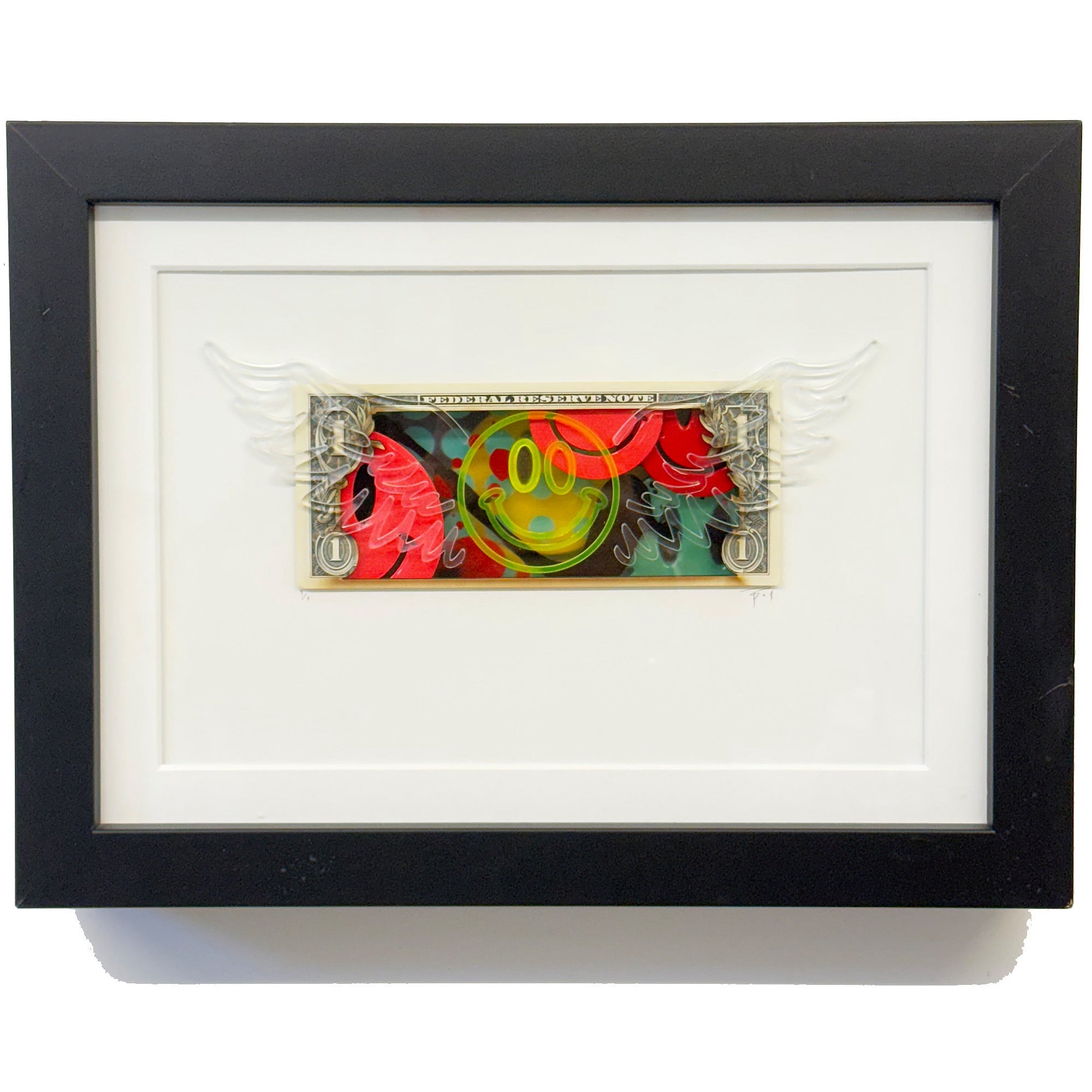Is Art a Good Investment?
Introduction
Investing in art has been a popular trend among the affluent for centuries. However, with the advent of online platforms and democratization of the art market, more people are now considering art as an alternative investment. But what is the average return on investment (ROI) for art? And more importantly, is art a good investment? Let's delve into these questions.
Understanding Art as an Investment
Art, like any other asset class, can appreciate or depreciate in value over time. The value of an artwork is determined by various factors such as the artist's reputation, rarity of the work, condition of the piece, and current market trends. Investing in art can be risky due to its illiquid nature and high transaction costs. However, it can also offer substantial returns if you invest wisely.
The Average Return on Investment for Art
According to a report by Art Market Research (AMR), contemporary art has delivered an average annual return of 7.5% over the past 25 years. This figure outperforms many traditional investments like bonds and commodities but lags behind stocks' average returns.
However, it's essential to note that these figures represent averages across a wide range of artworks. Some pieces may have seen much higher returns while others may have depreciated in value. For example, works by blue-chip artists like Picasso or Warhol have consistently appreciated over time and offered high returns to their owners.
Is Art a Good Investment?
The answer to this question largely depends on your investment goals and risk tolerance. If you're looking for a stable asset that provides predictable returns, then investing in traditional assets like stocks or bonds might be more suitable for you.
However, if you're willing to take on more risk for potentially higher returns and diversify your portfolio, then investing in art could be a good option. Art can act as a hedge against inflation and economic downturns as it tends to hold its value over time.
Moreover, investing in art offers non-financial benefits that other assets don't. Owning a beautiful piece of art can bring immense personal satisfaction and social prestige. It can also provide potential tax advantages if you donate your artwork to a museum or use it in a business setting.
Tips for Investing in Art
If you're considering investing in art, here are some tips to help you get started:
- Do Your Research: Understand the art market and the factors that influence the value of artworks. Research different artists, genres, and periods to identify potential investment opportunities.
- Diversify Your Portfolio: Just like with any other investment, diversification is key when investing in art. Don't put all your money into one piece or one artist. Spread your investments across different types of artworks to mitigate risk.
- Buy What You Love: The art market can be unpredictable, and there's always a risk that you might not make a profit on your investment. Therefore, it's important to buy artworks that you genuinely love and would be happy to keep regardless of their financial return.
- Seek Professional Advice: Consider hiring an art advisor or consultant who can guide you through the buying process and help you make informed decisions.
Conclusion
So, is art a good investment? The answer is not straightforward as it depends on various factors including your financial goals, risk tolerance, knowledge of the art market, and passion for art itself. While the average return on investment for art can be attractive compared to some traditional asset classes, it's important to remember that investing in art also comes with its own set of risks and challenges.
However, with careful planning and research, investing in art can be both financially rewarding and personally satisfying experience. So why not add a splash of colour to your investment portfolio?









